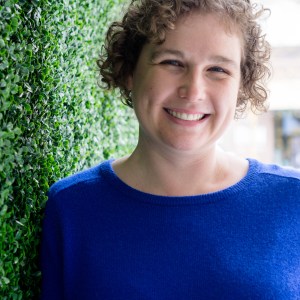
Peek into an early childhood classroom and you’ll most likely be greeted by a hum of energy and activity. Block structures being built, art being made, worlds being created with dress up and props. In case you would be tempted to say “But they are just playing!” Let’s look a little closer at what is going on.
In a high quality early learning setting, all of that play is getting children ready for kindergarten and beyond. They are gaining independence and self-help skills as they zip up their coats and use the bathroom. They learn about what their bodies need by sharing snack and playing outside. They build pre-reading and pre-math skills by “just playing” since it is purposeful and appropriate for their age.
Most importantly, they are exploring, collaborating, sharing discoveries, helping others and standing up for themselves. These “social-emotional” skills are some of the most important ones to foster if you want children to be successful not just in school but as adults. The safety of the classroom and the assistance of knowledgeable adults gives them a chance to practice and build these skills so they are ready to use them when they go out in the world.
But, these opportunities don’t just exist in the early childhood classroom. Museums can also have meaningful programs for young children that don’t just introduce them to a theme or topic, but also help support these fundamental skills. Here are some examples of early childhood classroom activities that could be translated for the museum setting
Skip over related stories to continue reading articleArt:
Playdough/Clay:
Blocks/Building Activities:
Outdoor Play:
Writing/Sketching/Drawing:
Cooking/Food:
Dramatic Play:
Stories/Storytime:

















Comments